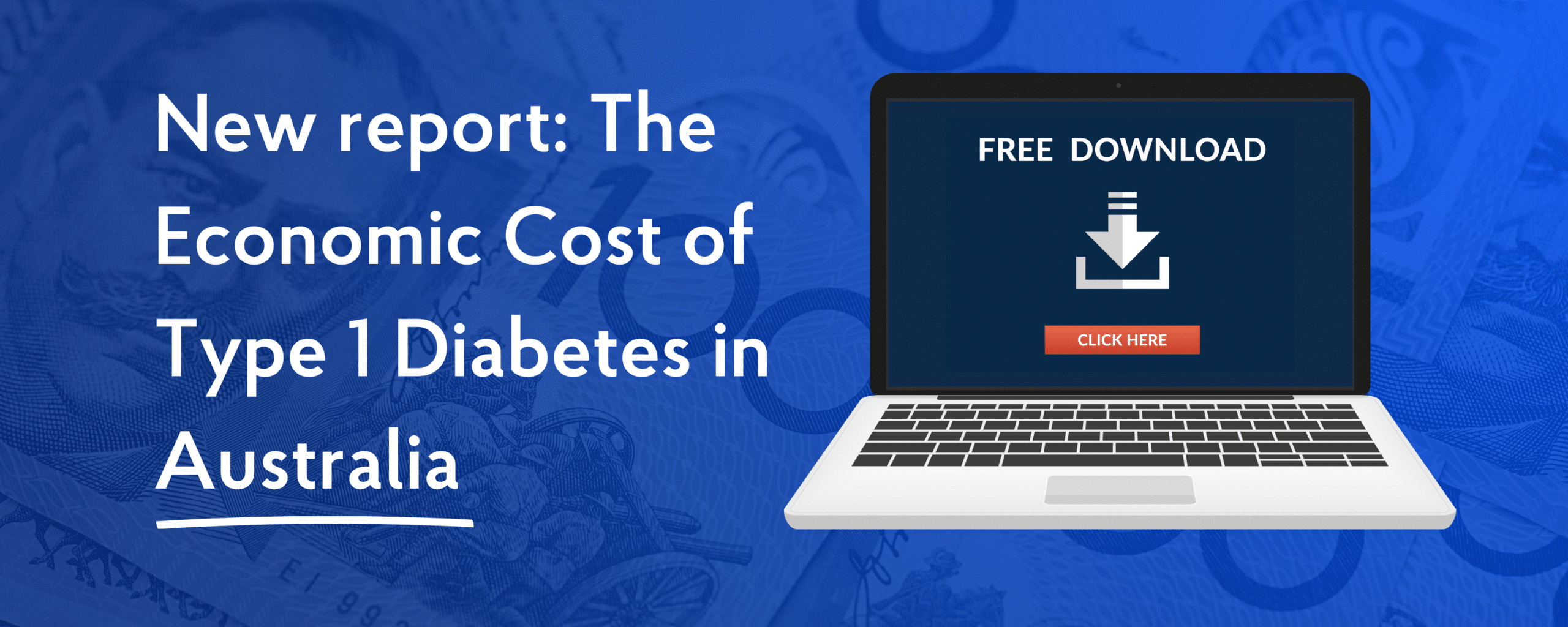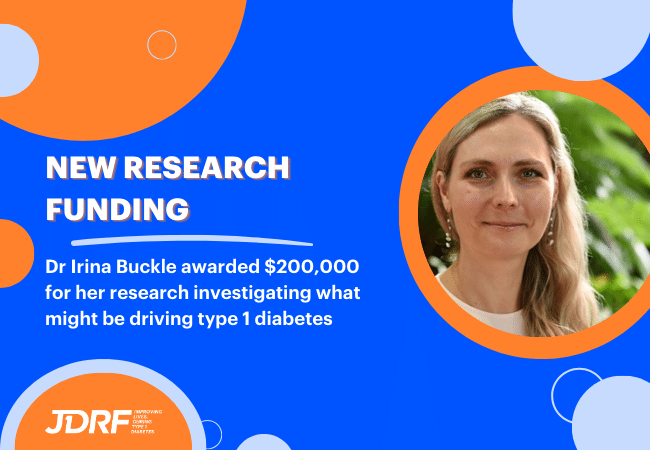
Costly, chronic and complicated: New report sheds light on challenges of life with type 1 diabetes
- First report of its kind in a decade shows the incidence of type 1 diabetes (T1D) in Australia has grown to more than 125,000 people today, with the economic cost now standing at a staggering $2.9 billion per year.
- The report also highlights the significant financial impact of complications of the disease, with the presence of just two complications increasing the cost to the economy more than fourfold.
- There is also a serious mental health impact of living with T1D, with patients five times more likely to experience depression and almost twice as likely to experience anxiety.
- There is hope, as access to life-saving technologies and new treatments can reduce costs by 14% and improve quality of life.
1 JUNE 2021, SYDNEY: Today, a report released by JDRF Australia has highlighted the economic, physical and mental toll delivered by T1D. This first new report of its type in more than ten years systematically reviews the implications of T1D and uncovers a condition that is growing, costing more and placing an undue burden on individual patients. Yet there is also hope, with the report showing the potential impact increasing access to technologies critical to effective care, namely devices such as pumps or continuous glucose meters, can have on the patient’s physical and financial health.
The report, commissioned by JDRF and conducted by Accenture, found that T1D is growing and will continue to do so, with an estimated further 25,000 individuals having early stages of T1D but not yet clinically diagnosed. In addition, half of all new diagnoses are children aged 0-19, meaning a lifetime living with the condition.
In addition to the lifelong clinical challenges such a diagnosis creates, there are significant financial issues. Even without complications, living with T1D costs the economy $9,000 a year. Add in a complication (40% of people with T1D have at least one) the cost jumps to $32,000 annually – rising to $49,000 for three or more complications.
Commenting on the findings, CEO of JDRF Australia Mike Wilson OAM states that this can’t be allowed to continue: “It’s simply not acceptable that the economy spends the equivalent of the cost of a new car every year just to keep some Australians alive. We have made some great advances in our understanding of T1D and ways to minimise its impact in recent years. We must continue to strive to ensure more patients have access to the standard of care and continue to find new and innovative ways to fight T1D.”
The report supports the view that increased access to T1D technology has both economic and medical advantages. Access to continuous glucose monitors (CGMs) and insulin pumps can help people with T1D manage their glucose levels, reducing the risk of complications. The current cost of these technologies, at around $6,500 a year together (~$2,500 for an insulin pump and pump consumables, and ~$4,000 for a CGM), is out of reach for many patients, but the report shows providing more Australians with access to this effective treatment would deliver a benefit that outweighs the cost – reducing average lifetime costs by 14%.
Expanding the access to those young Australians entering the workforce in their 20s, for example, could achieve a net economic benefit of $312m, reducing hospitalisations and other costs, such as impacts on productivity. Healthy years lost due to living with T1D and its complications costs the Australian economy a combined $900 million annually.
Mr Wilson goes on to state that for a complex disease, the potential solutions are straightforward. “T1D is an incredibly complex disease, and there is much about it we are still learning. Yet for today’s patients, there is a simple truth, increasing access to technology will improve health outcomes and reduce financial burden for patients, their families and broader society. We hope this report will spur debate about technology and eventually help drive increased levels of access.”
Learn more about the economic costs of T1DYou can learn more about JDRF’s advocacy efforts and impact by clicking here. If you would like to add your voice by becoming an advocate, click here. You can also support JDRF’s mission to improve lives and cure T1D by funding the best research by making a donation here.





